
spiegelimspiegel, ah. la tauromachia. (presso MACRO Testaccio e La...
La Tauromaquia, or Bullfighting in English, is the title of a series of 33 etchings by Francisco de Goya which remain amongst his most important in this medium. The artist was in his late 60s at the time of working on this and was specialising in etching techniques during this period. Caprichos and The Disasters of War were other important.

La Tauromachia Spagnola Di Daniel Luque Del Torero Con Il Crutc
Before Dalí: Goya. La Tauromaquia (1816) is a suite of prints depicting the evolution and history of bullfighting on the Iberian Peninsula. Goya created La Tauromaquia between 1815 and 1816, at the age of 69. Los Caprichos, a series he had created previously, served as visual criticism on subjects concerning war, superstition, and contemporary.

Ah la tauromachia YouTube
G8590.-G8630. Division. European and American Art. Contact. [email protected]. Permissions. The Harvard Art Museums encourage the use of images found on this website for personal, noncommercial use, including educational and scholarly purposes. To request a higher resolution file of this image, please submit an online request.
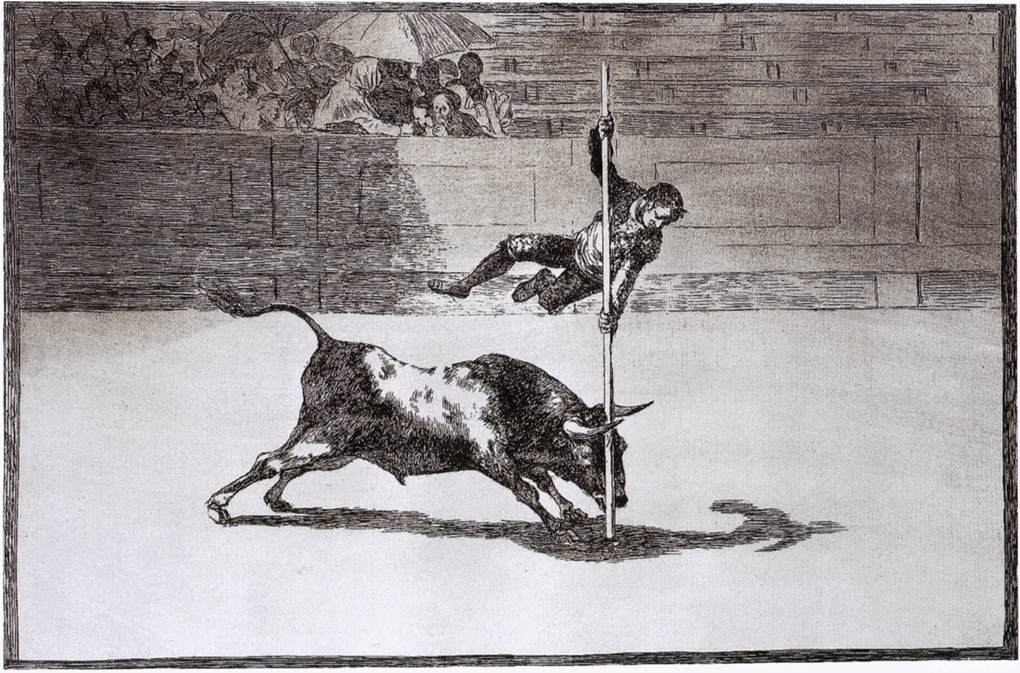
Ah, la tauromachia! www.wroclaw.pl
La tauromaquia, ante su futuro: una federación, una estrategia, un 'lobby'. El doble objetivo es que se celebren festejos y la fiesta sea respetable y emocionante

Tauromachia immagine stock editoriale. Immagine di corno 21178619
Guastardo si rivolge ai suoi amici inferiori per spiegare i benefici di una guerra civile
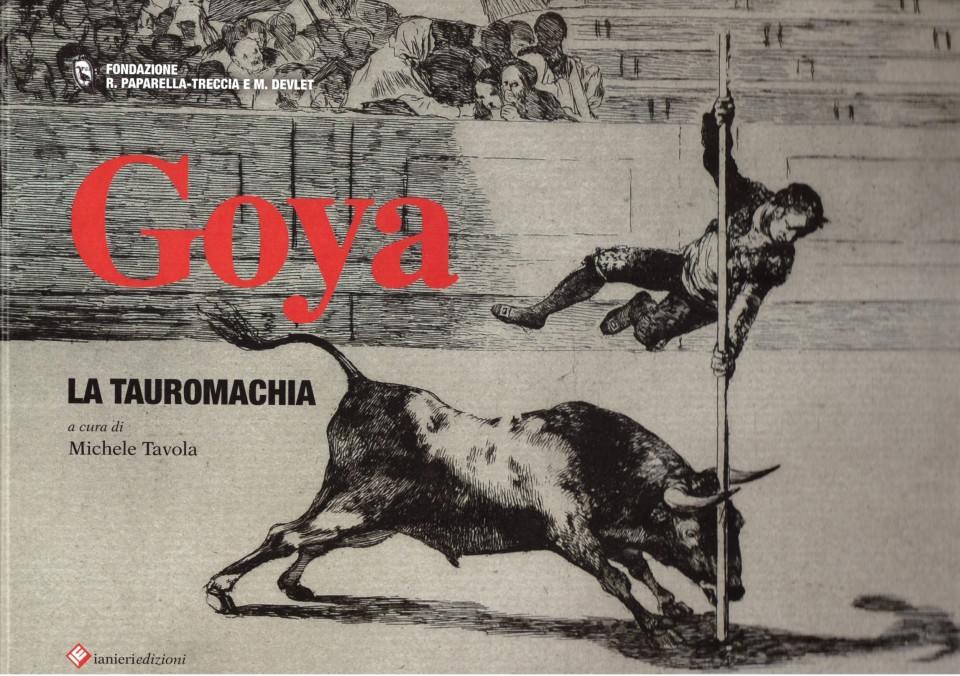
Goya La tauromachia Sito del Museo Raffaele Paparella e Margherita
This print shows the heart-stopping antics of Martincho (Antonio Ebassun), a bullfighter active in the second half of the eighteenth century. Goya devoted four Tauromaquia plates and one unpublished print to this otherwise obscure matador.
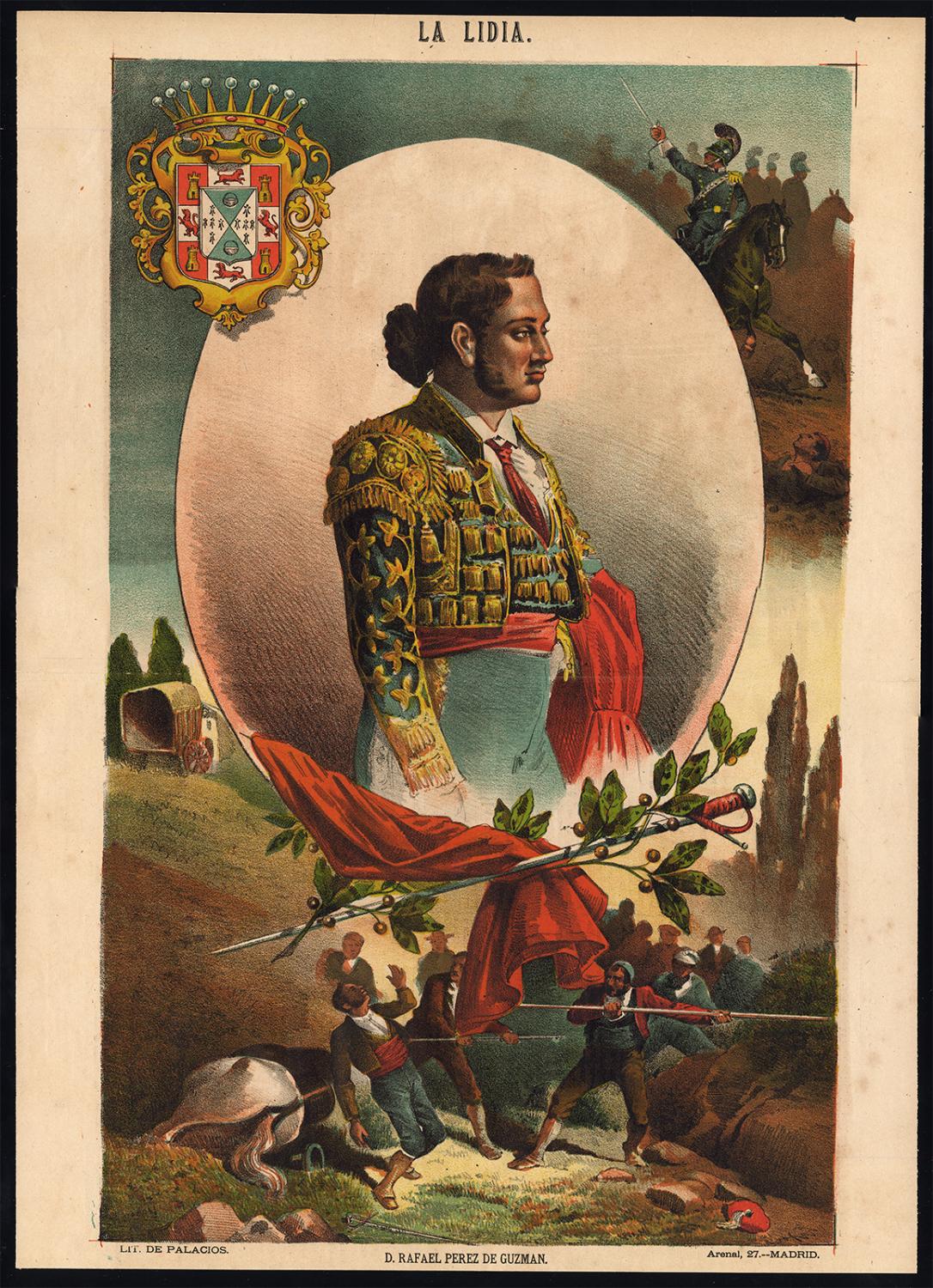
Antique PrintBULLFIGHTINGTAUROMACHIARAFAEL PEREZ DE GUZMANP 40La
A rare, complete set of Francisco de Goya's bullfighting etchings, titled La Tauromaquia, has been discovered by chance at the Château de Montigny, in Eure-et-Loir, Northern France.. On April 4.

Francisco Goya Page 17
About Press Copyright Contact us Creators Advertise Developers Terms Privacy Policy & Safety How YouTube works Test new features NFL Sunday Ticket Press Copyright.

Tauromachia, palazzo di Cnosso, Creta Mondo Antico Pinterest
13K views, 276 likes, 18 loves, 71 comments, 86 shares, Facebook Watch Videos from Rivogliamo MAI DIRE GOL: Ah, la tauromachia!
.jpg)
La situazione legale della Tauromachia in Spagna (parte 1) CTI
Ah la tauromachia! Di Giuseppe Migliore 14 Gennaio 2018. Penso che in pochi coglieranno la citazione del titolo, ma l'argomento nonostante questo rimane musicale e in particolare oggi vi parlerò di un altro gruppo a cui sono particolarmente legato e che ha il merito di essere riuscito a farmi viaggiare, nell'arco di quattro mesi ho.

Ah la tauromachia !! anninovanta beiricordi knossos mycenaean
Enfield N1 mk4

Goya. La tauromachia M. Tavola Libro Ianieri Arte IBS
Ah, la tauromachia! Ecco Matteo Maruelli!!!!! Roberto D'Ambrogio Antonio Zani Walter Polonioli Gianmario Fusardi
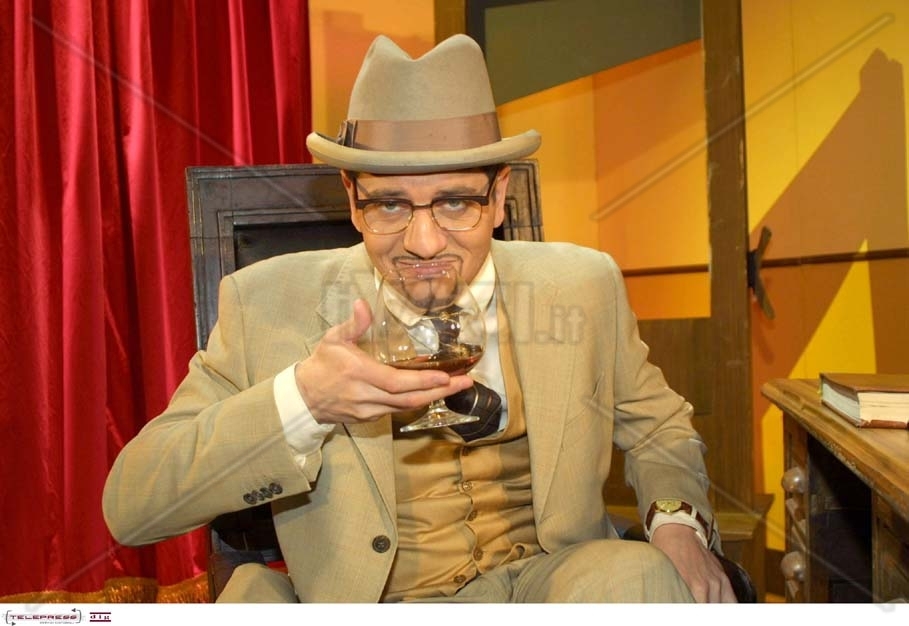
Ah, la tauromachia! www.wroclaw.pl
Ah, la tauromachia! Andrea Bianko Bianconi STORIA. 18w
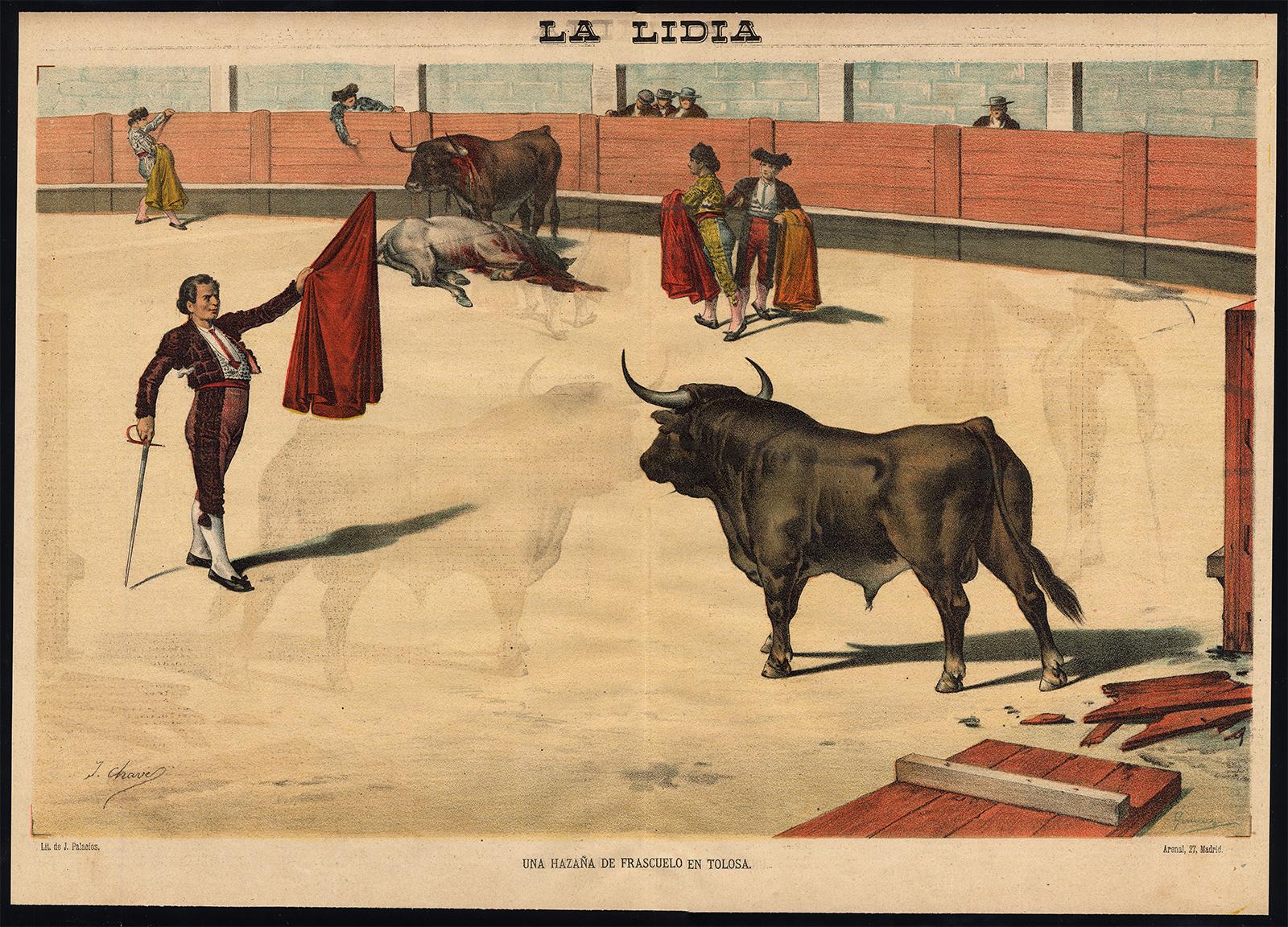
Antique PrintBULLFIGHTINGTAUROMACHIAARENASPAINTOREROPl. 21La
Fabio De Luigi, nelle vesti del personaggio Luigi Guastardo della Radica!

La Tauromachia Spagnola Di Daniel Luque Del Torero Con Il Crutc
Details. FRANCISCO DE GOYA Y LUCIENTES (1746-1828) La Tauromaquia. the set of 33 etchings with burnished aquatint, drypoint and engraving, 1816, on laid paper, ten with watermarks MORATO, No 1o and No, the others without watermarks, very good impressions from the First Edition, published by the artist, Madrid, 1816, all but one plates with the.

La tauromachia di Francis Bacon darà spettacolo a Bruxelles ArtsLife
Νο.18: The Daring of Martincho in the Ring at Zaragoza, etching and aquatint 24,5 × 35,5 cm.In this work from La Tauromaquia a famous bullfighter is depicted sitting on a chair and with feet shackled together while facing the attacking bull. Here, Goya ignores - partly - the laws of perspective, depicting the viewers in a rather unusual way in order to give more dynamism to the work.